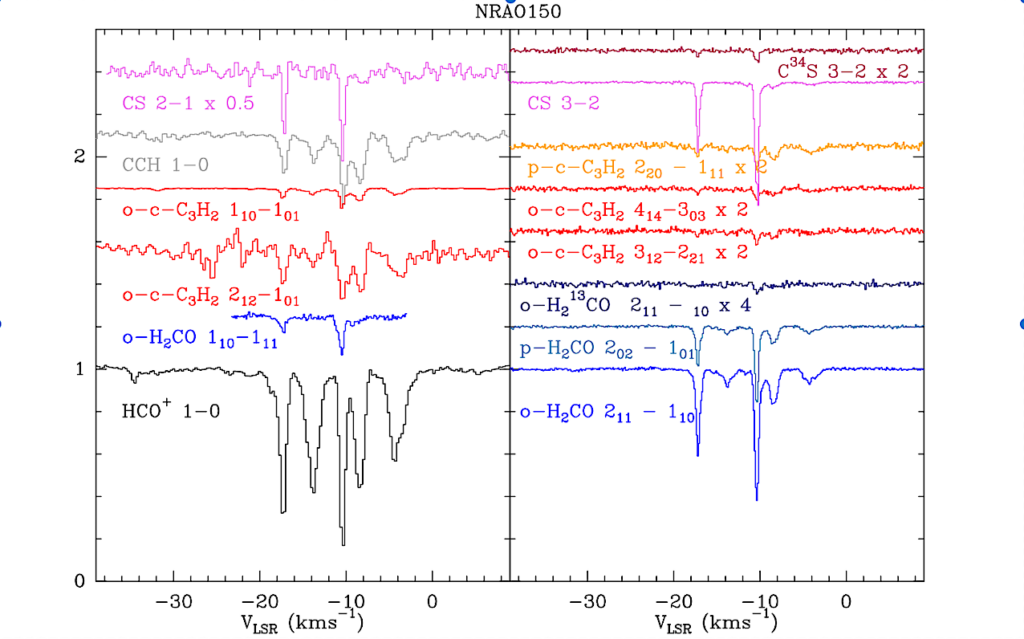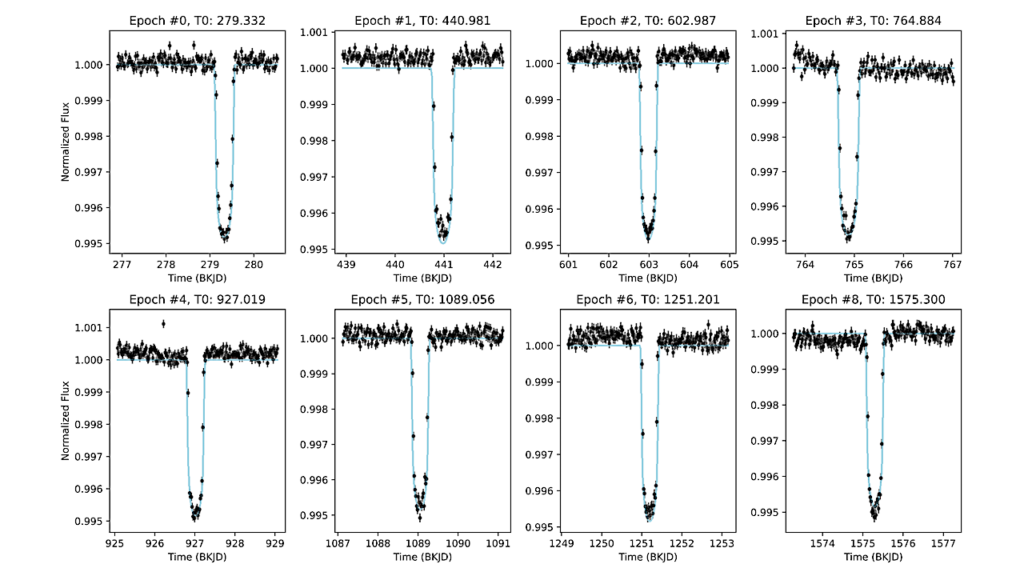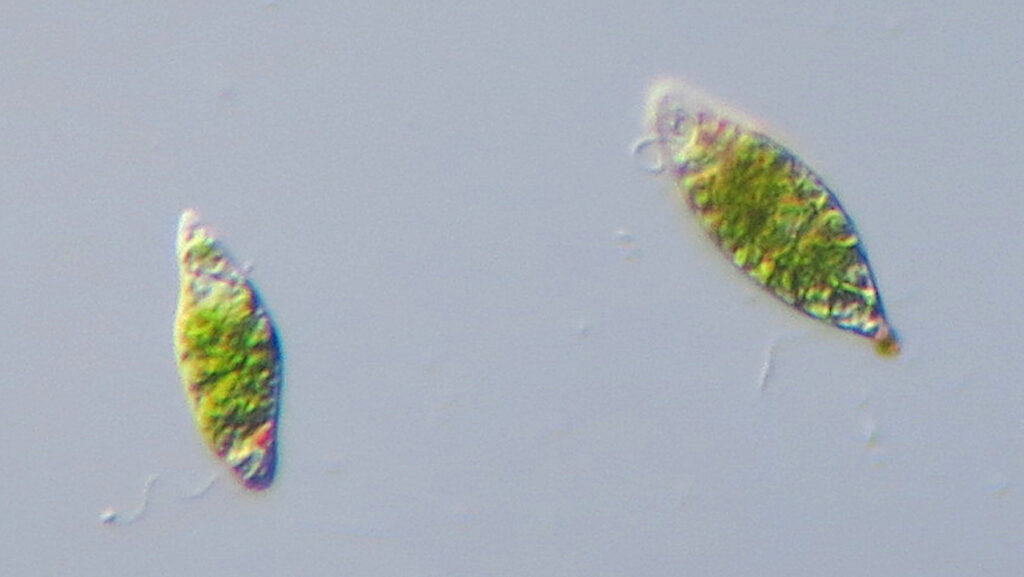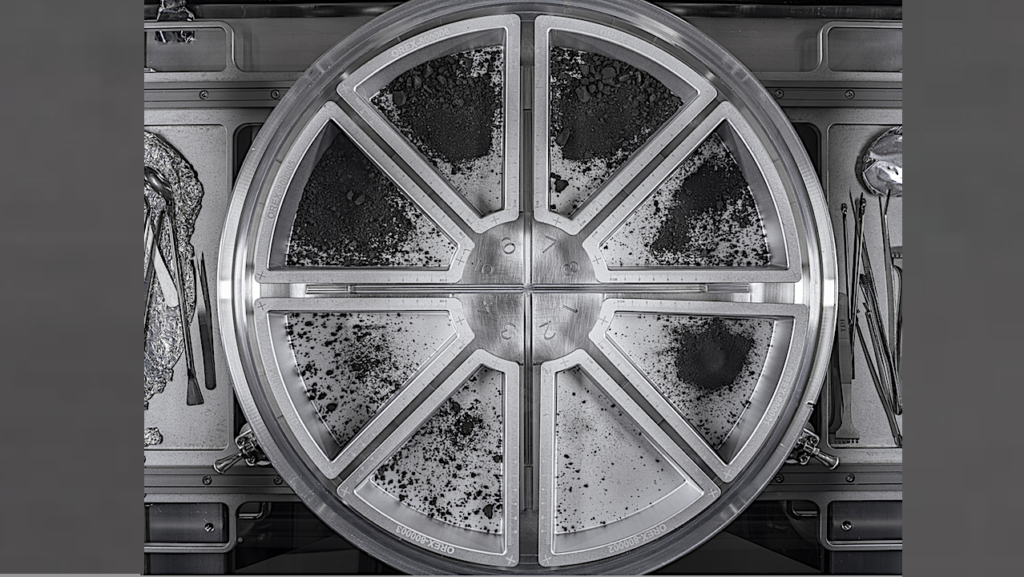Exoplanets Prediction in Multi-Planetary Systems and Determining the Correlation Between the Parameters of Planets and Host Stars Using Artificial Intelligence
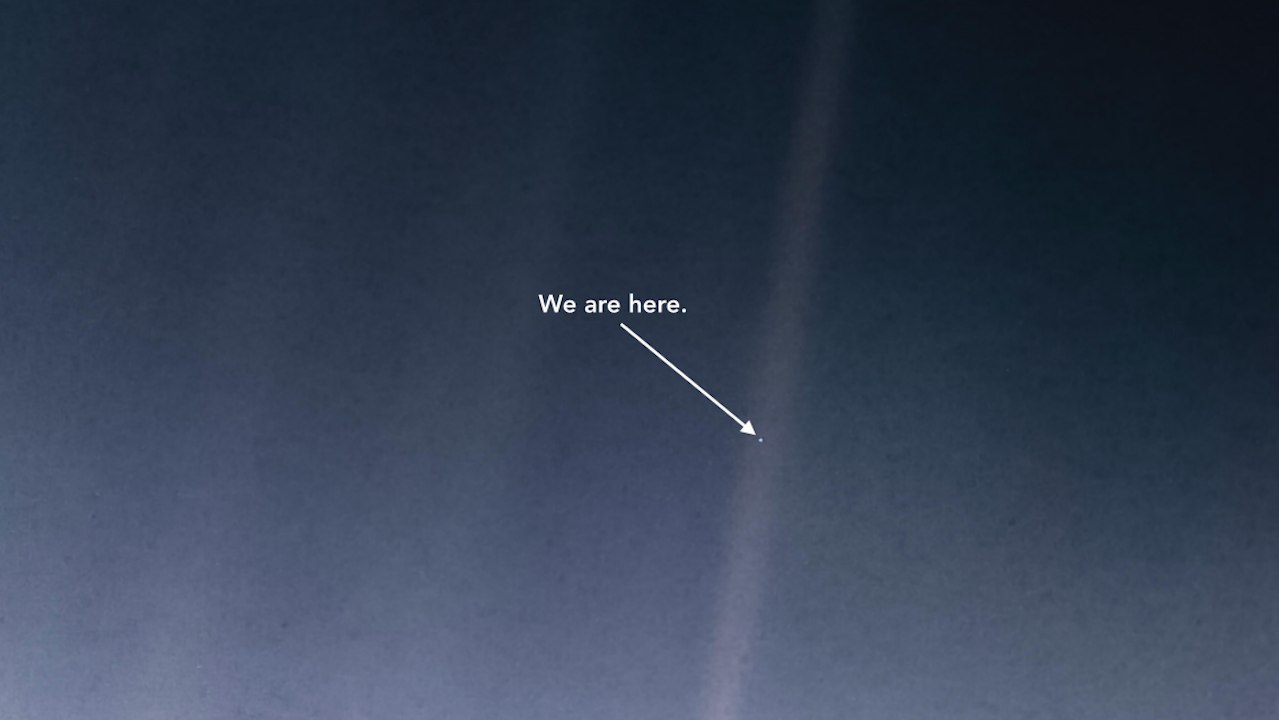
The number of extrasolar planets discovered is increasing, so that more than five thousand exoplanets have been confirmed to date.
Now we have an opportunity to test the validity of the laws governing planetary systems and take steps to discover the relationships between the physical parameters of planets and stars.
Firstly, we present the results of a search for additional exoplanets in 229 multi-planetary systems that house at least three or more confirmed planets, employing a logarithmic spacing between planets in our Solar System known as the Titius-Bode (TB) relation. We find that the planets in ∼53% of these systems adhere to a logarithmic spacing relation remarkably better than the Solar System planets. We predict the presence of 426 additional exoplanets, 47 of which are located within the habitable zone (HZ), and five of the 47 planets have a maximum mass limit of 0.1-2M⊕ and a maximum radius lower than 1.25R⊕.
Secondly, we employ efficient machine learning approaches to analyze a dataset comprising 762 confirmed exoplanets and eight Solar System planets, aiming to characterize their fundamental quantities. We classify the data into two main classes: ‘small’ and ‘giant’ planets, with cut-off values at Rp=8.13R⊕ and Mp=52.48M⊕. Giant planets have lower densities, suggesting higher H-He mass fractions, while small planets are denser, composed mainly of heavier elements.
We highlight that planetary mass, orbital period, and stellar mass play crucial roles in predicting exoplanet radius. Notably, our study reveals a noteworthy result: for giant planets, we observe a strong correlation between planetary radius and the mass of their host stars, which might provide intriguing insights into the relationship between giant planet formation and stellar characteristics.
Mahdiyar Mousavi-Sadr
Comments: A Ph.D. dissertation. 154 pages, 52 figures
Subjects: Earth and Planetary Astrophysics (astro-ph.EP); Machine Learning (cs.LG)
Cite as: arXiv:2402.17898 [astro-ph.EP] (or arXiv:2402.17898v1 [astro-ph.EP] for this version)
Submission history
From: Mahdiyar Mousavi-Sadr
[v1] Tue, 27 Feb 2024 21:28:08 UTC (36,868 KB)
https://arxiv.org/abs/2402.17898
Astrobiology


